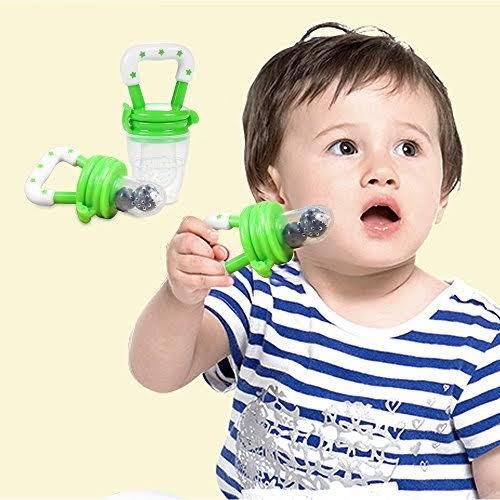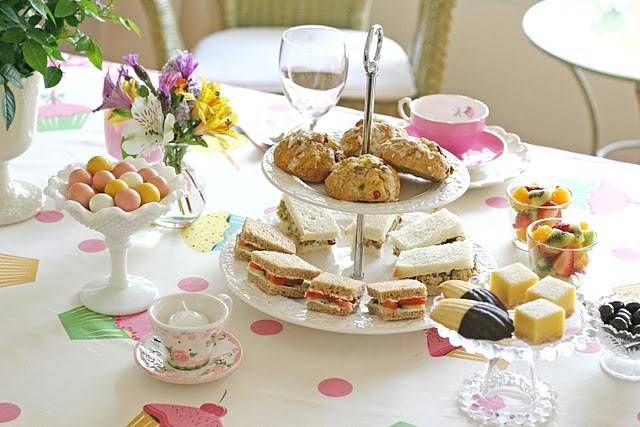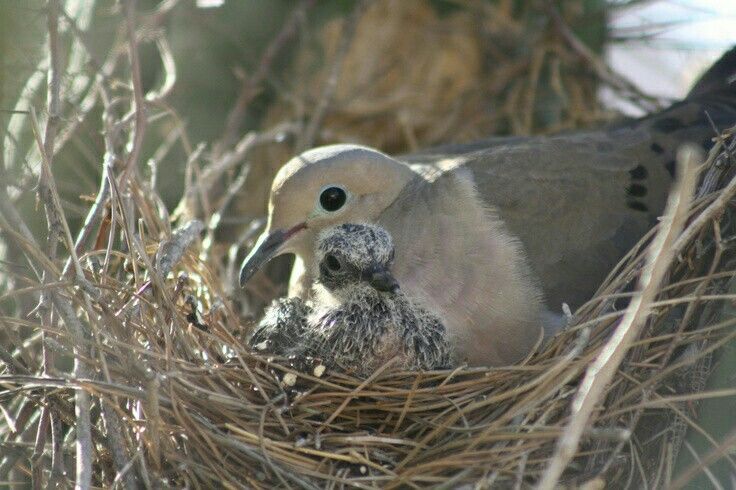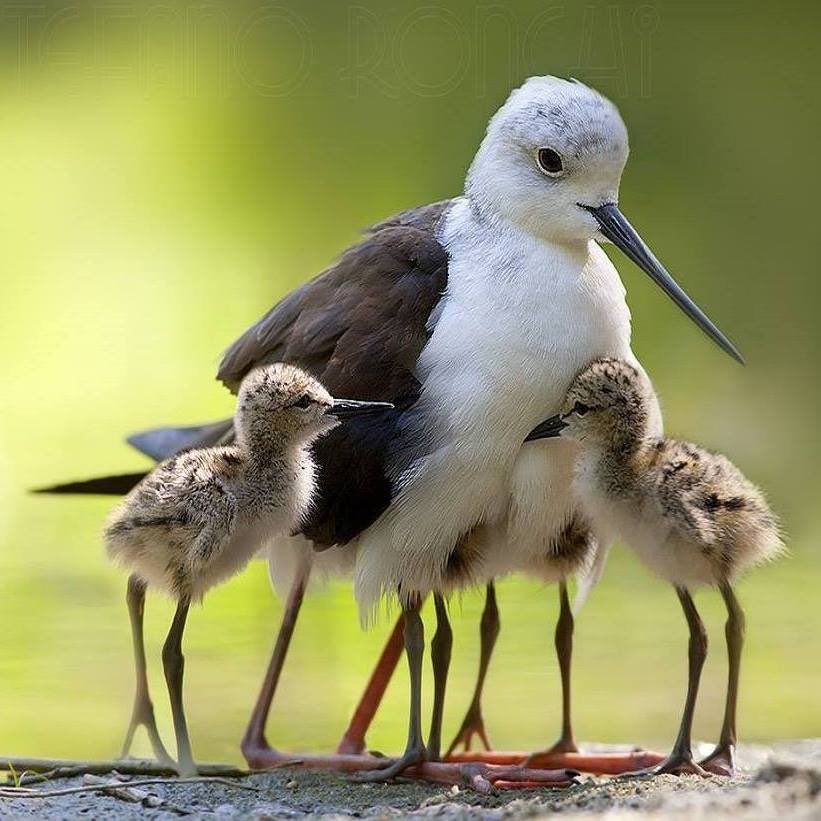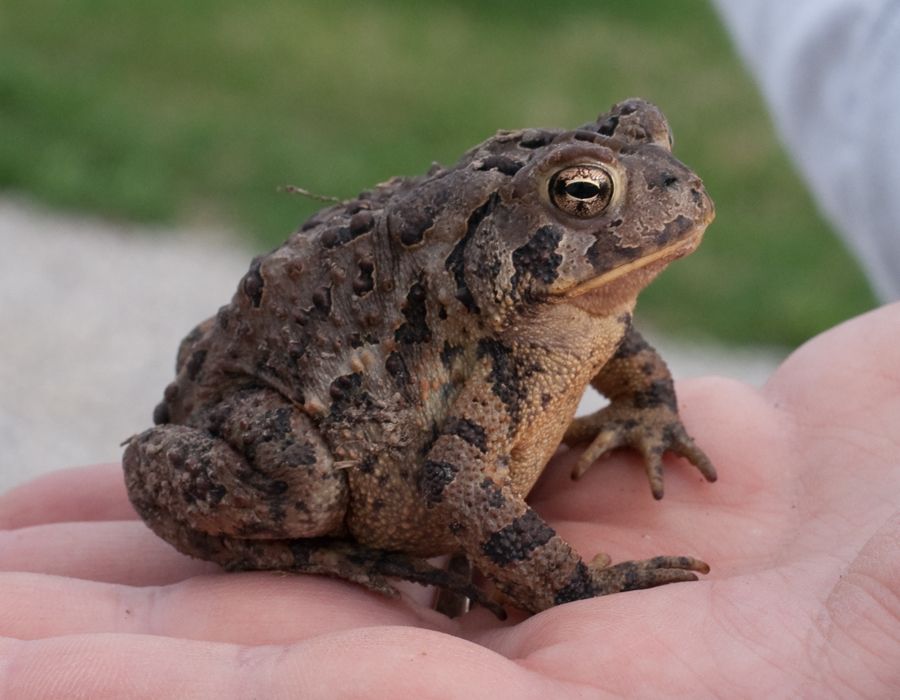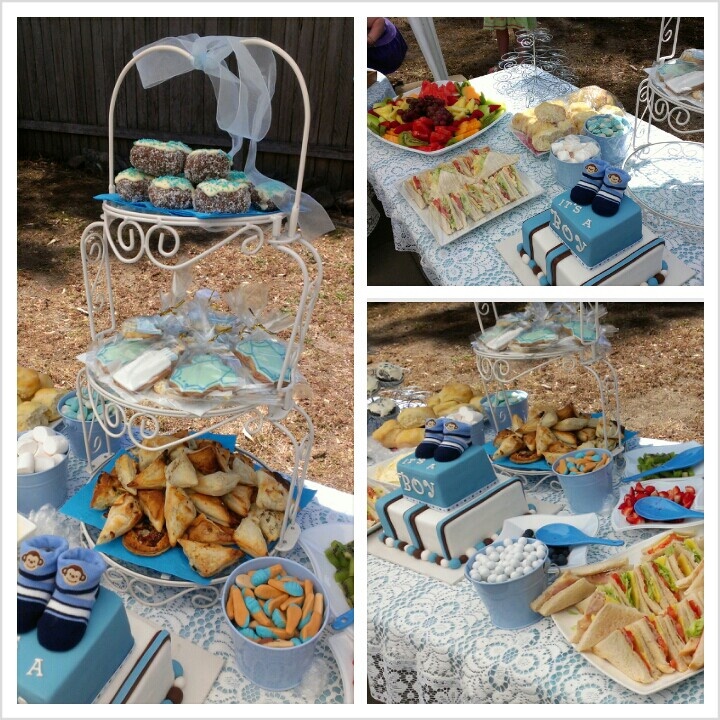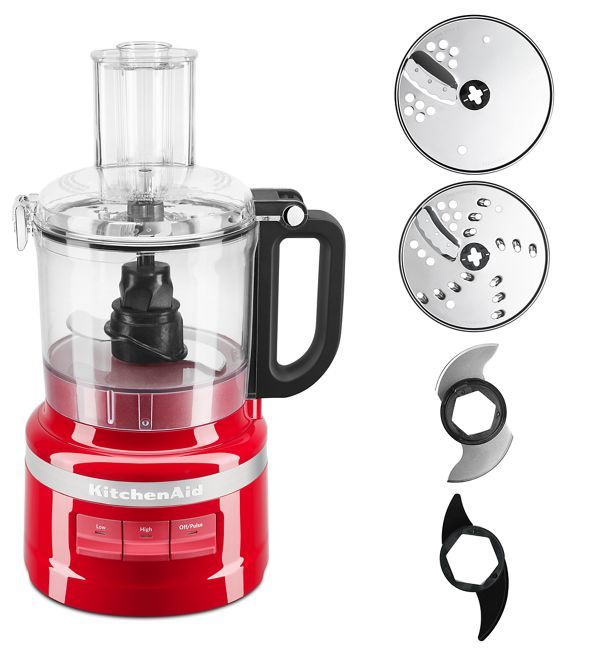Salmon finger food baby
Salmon for Babies - When Can Babies Eat Salmon?
When can babies eat salmon?
Salmon may be introduced as soon as your baby is ready to start solids, which is generally around 6 months of age. When serving fish to your baby, it is important that the fish is cooked all the way through (and never served undercooked or raw, such as in sushi) and that you refrain from serving cured, dried, salted fish, or smoked fish (such as gravlax), all of which contain high amounts of sodium. Excess sodium can prime your baby’s palate for salty foods, increase the risk of obesity, and put your child at greater risk of developing hypertension, which can lead to heart disease and stroke later in life.1 2
Compared to tuna and other popular fish, salmon is low in mercury, high in omega-3 fatty acids, and a terrific fish for babies and adults alike.3
Recommended Guide: Best & Worst Fish for Babies
Is salmon safe and healthy for babies?
Yes, in moderation. Salmon contains many essential nutrients that babies need to thrive, including vitamin D (often deficient in babies), iron, selenium, and zinc. Salmon is also one of the top seafood sources of omega-3 fatty acids, including DHA, which makes up a large percentage of a baby’s brain and is critical for visual and cognitive development.4
When shopping for salmon, look for wild-caught fresh salmon from Alaska, which tends to be low in toxins.5 Wild Alaskan salmon varieties include Chinook (King), Chum, Coho, Pink, and Sockeye. Canned salmon is an excellent option, too—just be sure the can is marked “no salt added” or “low sodium” as well as “BPA-free”. Canned fish can be high in sodium—which, in excess, is not good for babies or adults alike—and BPA is a chemical used to line the interior of cans and pouches that can disrupt your baby’s hormone levels and bodily functions.
Of note, in 2015, the FDA approved genetically engineered salmon (called “AquAdvantage® Salmon”) which is the first federally-approved genetically modified animal species.6 Its genetic make-up enables the fish to grow year-round in land-based production facilities. AquAdvantage® Salmon is expected to hit the market in 2020, but it may not be labeled as such until 2022.7 How the bioengineered fish will impact human health is unclear.
Is wild-caught salmon better than farmed salmon?
It’s complicated. There are three main considerations here: contamination levels; omega-3 fatty acid content; and the environment. When selecting salmon you typically need to prioritize one of those considerations.
From a standpoint of health, wild Alaskan salmon is our preferred choice for babies and adults alike. Wild salmon are caught in their natural environment, where they eat a diet from the waters they call home. Most of the wild-caught salmon in American grocery stores comes from the Pacific Ocean, where the fish populations have yet to be depleted by human consumption.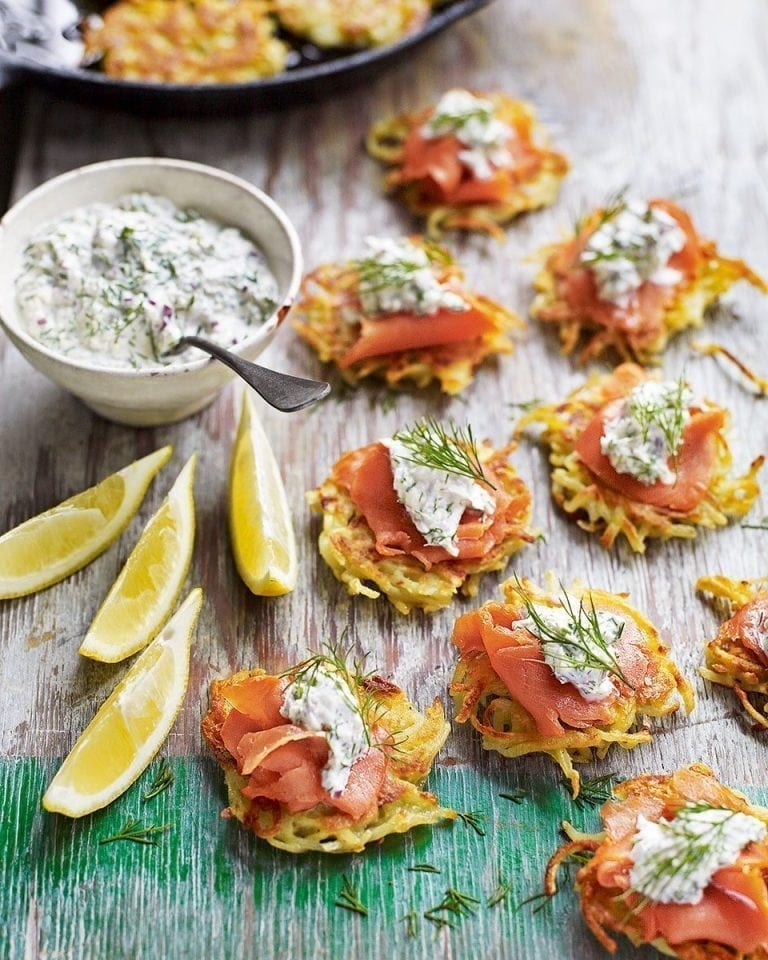 Wild-caught salmon is often available year-round, but its peak season for taste is late summer (when the salmon have fattened themselves by months of feasting in preparation for their spawning season).8
Wild-caught salmon is often available year-round, but its peak season for taste is late summer (when the salmon have fattened themselves by months of feasting in preparation for their spawning season).8
Farmed salmon are raised year-round in shoreline ocean pens all over the world, from Asia to Europe to North and South America. Any “Atlantic salmon” you see is typically farmed salmon. In addition to toxins from pollutants in the ocean, farmed salmon often contain antibiotics and pesticides used to control the spread of sea lice, a common problem when fish are penned up in small spaces. Farmed salmon may also be fed nutrient-poor food that is not natural for the fish, thereby reducing the nutritional benefits.9 As with ocean fish, farmed salmon contains traces of toxins as a result of water pollution.
Like so many other fish, salmon are overfished to the point where some regulatory bodies have limited or banned the catch in an effort to avoid extinction. Fish population decline is not just a bummer for parents who want to introduce fish and help their baby learn to love the taste. Overfishing of salmon has a major ripple effect on the health and well-being of our ocean’s ecosystem and creatures who depend on the food supply, including whales, seals, and other sea life. When possible, purchase products from fisheries that prioritize sustainability.
Fish population decline is not just a bummer for parents who want to introduce fish and help their baby learn to love the taste. Overfishing of salmon has a major ripple effect on the health and well-being of our ocean’s ecosystem and creatures who depend on the food supply, including whales, seals, and other sea life. When possible, purchase products from fisheries that prioritize sustainability.
Is salmon a common choking hazard?
Unlike shrimp and shellfish, salmon is not a common choking hazard for babies and children, though bones in fresh fish can present a hazard if not removed. Always pick out any bones and run your fingers through the fish to ensure no bones remain.
For more information, visit our section on gagging and choking and familiarize yourself with common choking hazards.
Is salmon a common allergen?
Yes. Finned fish like salmon are a top food allergen.10 That said, it’s estimated that only 1% of Americans are allergic to finned fish.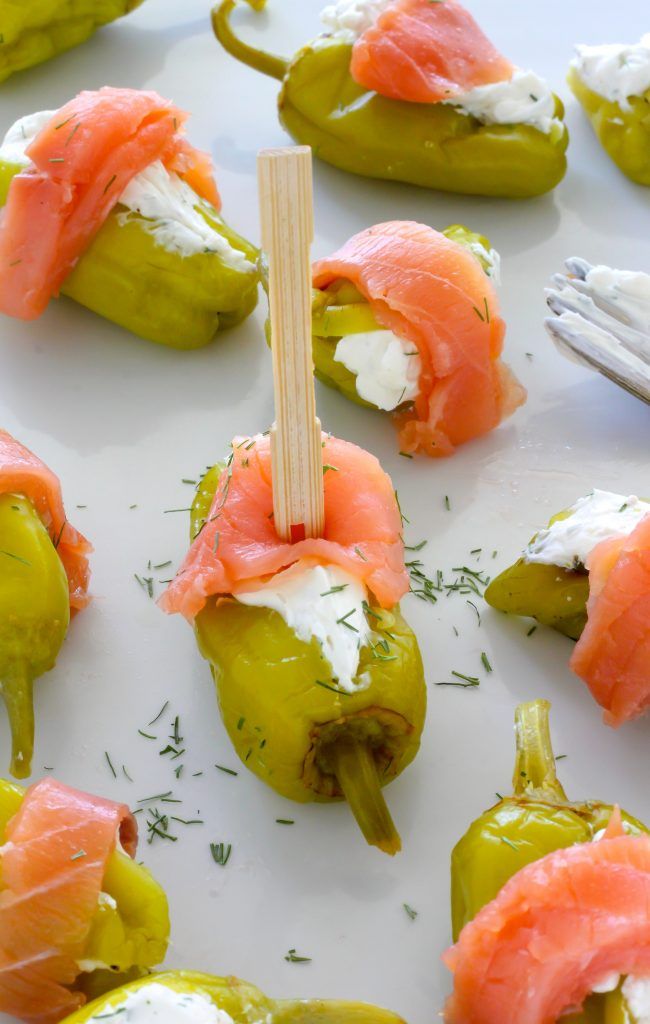 11
11
As with all new foods, introduce salmon by serving a scant quantity for the first couple of times and watch closely as your baby eats. If there is no adverse reaction, gradually increase the amount over future servings.
If you have a family history of allergies, or suspect your baby may be allergic to fish, consult an allergist before introducing seafood at home.
How do you prepare salmon for babies with baby-led weaning?
Every baby develops on their own timeline, and the suggestions on how to cut or prepare particular foods are generalizations for a broad audience. Your child is an individual and may have needs or considerations beyond generally accepted practices. In determining the recommendations for size and shape of foods, we use the best available scientific information regarding gross, fine, and oral motor development to minimize choking risk. The preparation suggestions we offer are for informational purposes only and are not a substitute for child-specific, one-on-one advice from your pediatric medical or health professional or provider. It is impossible to fully eliminate all risk of a baby or child choking on any liquid, puree, or food. We advise you to follow all safety protocols we suggest to create a safe eating environment and to make educated choices for your child regarding their specific needs. Never disregard professional medical advice or delay in seeking it because of something you have read or seen here.
It is impossible to fully eliminate all risk of a baby or child choking on any liquid, puree, or food. We advise you to follow all safety protocols we suggest to create a safe eating environment and to make educated choices for your child regarding their specific needs. Never disregard professional medical advice or delay in seeking it because of something you have read or seen here.
6 to 12 months old: To serve fresh salmon, first make sure you remove all the bones and that you cook it all the way through. You can offer your baby pieces of the cooked fish about the size of two adult pinky fingers together. This size is a safe amount for your baby to consume but also easier for babies to grab ahold of than small flakes of fish are. If you do opt to flake the fish into other dishes, serving in a bowl that suctions to the table will help with hand-scooping. To introduce canned salmon, look for low sodium brands that are BPA-free if possible. From there, rinse the fish under water in a colander to remove any excess sodium and mix into other foods such as mashed potatoes or yogurt to help baby scoop it up.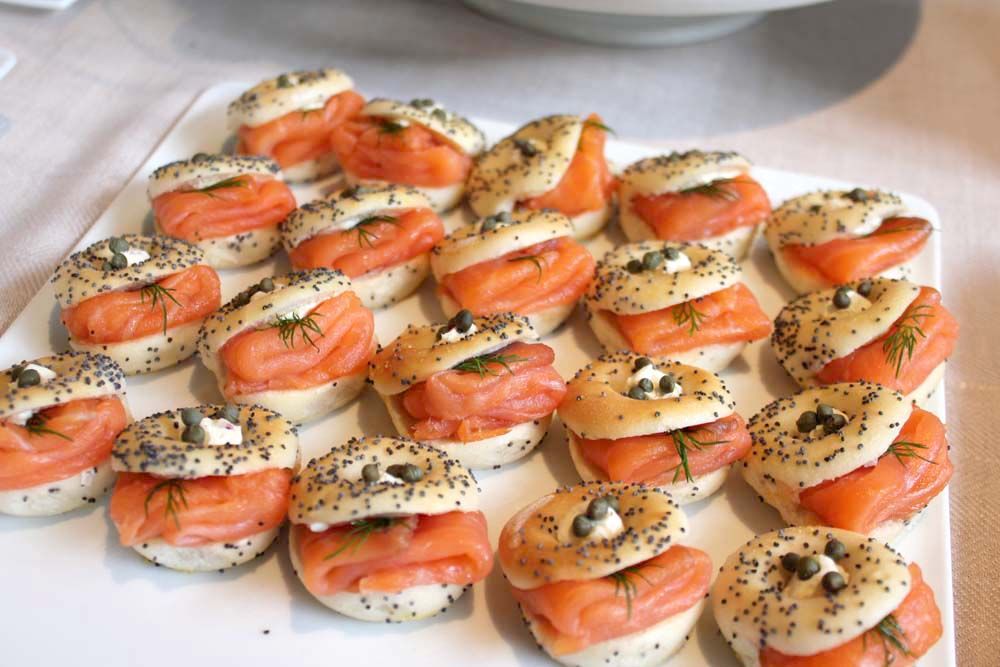
12 to 18 months old: Continue to serve fresh (cooked, deboned with skin removed) or canned salmon. At this age, you can offer salmon in the form of bite-sized pieces, cakes and patties, or salmon salad. You can also continue to offer the longer strips of salmon fillet for biting and tearing practice. To make salmon salad, just mix well with mashed avocado, mayonnaise, olive oil, or yogurt.
18 to 24 months old: This is a good time to focus on fresh salmon while your toddler’s food preferences take root. Serve it flaked on its own or mixed into other foods, preloading the fork as necessary. If you’d like to introduce smoked salmon or gravlax, you may do so, though it’s best to hold off on cured and smoked fish in general as it tends to be exceedingly high in sodium.
A piece of boneless salmon fillet for babies 6 months +Bite-sized pieces of boneless salmon fillet for toddlers 12 months +For more information on which fish are safe for babies, see our guide to the Best and Worst Fish for Babies.
When introducing a new food, try serving it two ways: for example, salmon fish cakes and plain salmon flakes. Every child is different, and certain textures and shapes will appeal to your baby more than others.
Recipe: Salmon Cakes
Ingredients
- Wild Alaskan salmon filet or an equivalent amount of canned salmon
- Lemon
- Onion or shallot
- Unsalted butter or olive oil
- Eggs
- Mayonnaise
- Paprika (sweet, not hot)
- Panko Breadcrumbs
- Coconut or avocado oil
Note: this recipe contains a number of potentially allergenic foods. Only serve it after wheat and eggs have been safely introduced.
Directions
- Remove any pin bones from the fish. If using canned salmon, rinse it to remove excess sodium. Place the salmon (it’s okay to leave the skin on) in about an inch of water in a non-stick skillet. Place a couple lemon slices on top of the fillet, and cover the pan with a lid.
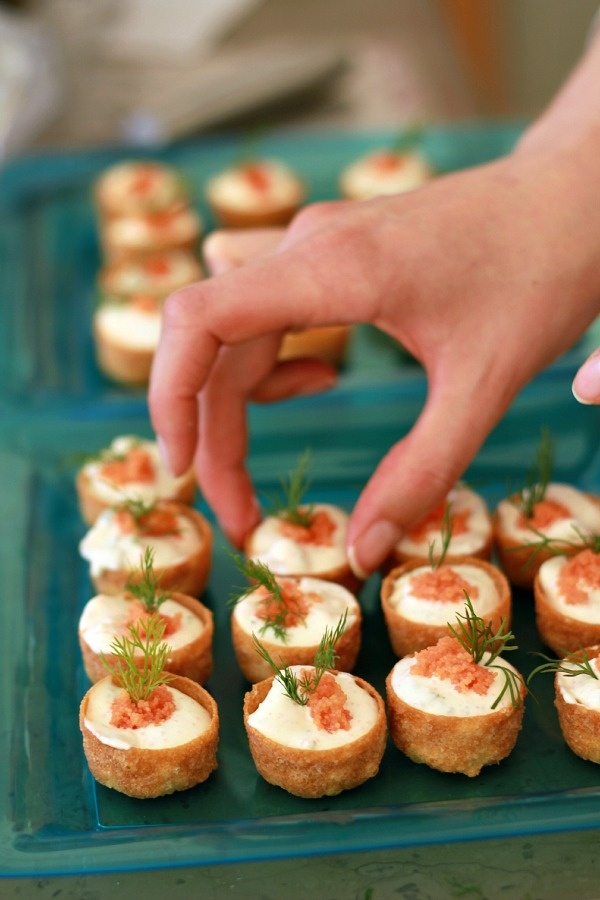
- Simmer for a few minutes, until the fish is fully cooked. Lift the fillet out of the water and set it aside on a cutting board. Once cool, peel off the skin and discard.
- While the salmon is poaching, finely dice 1 small onion or medium-sized shallot. Place the onion along with 1 tablespoon of unsalted butter or olive oil in a skillet over medium heat, and sauté until the onions are translucent. Turn off the heat and set aside.
- Lightly beat two eggs in a large mixing bowl. Whisk in a small spoonful of mayonnaise, a squeeze of lemon juice, and a hearty sprinkle of sweet paprika. Stir in the sautéed onions (reserve the skillet to cook the patties).
- Add the cooked fish a spoonful of breadcrumbs, and mix well. If the mixture seems too wet to form patties, add more breadcrumbs. If too dry, add more mayo.
- Scoop up a small handful of the mix, form it into a small patty, and place on a large plate. Continue until all of the mix is formed into patties.

- Add a generous pour of coconut oil or avocado oil to the skillet and reheat it over medium-high heat for a few minutes, until a small drop of water sizzles in it.
- Gently set a couple patties in the pan (don’t overcrowd) and cook for a few minutes, until its lightly browned. Flip and cook for a few minutes more. Lift the patties out and cool on a paper towel-lined plate while you cook the remaining patties. Serve at room temperature on top of mayonnaise or yogurt for dipping.
Introducing common allergens like fish to babies can be scary. We have a First 100 Days plan that walks you through exactly when to introduce each one with the right amount of time between them.
Flavor Pairings
Salmon is a fatty, oily fish that pairs well with lots of ingredients, from acidic foods like lemon and lime; to flavorful produce like asparagus, avocado, broccoli, and mushrooms; to fresh herbs like chives, cilantro, and dill. When you feel your baby is ready, try serving salmon with bold flavors like tart gooseberries and spicy horseradish.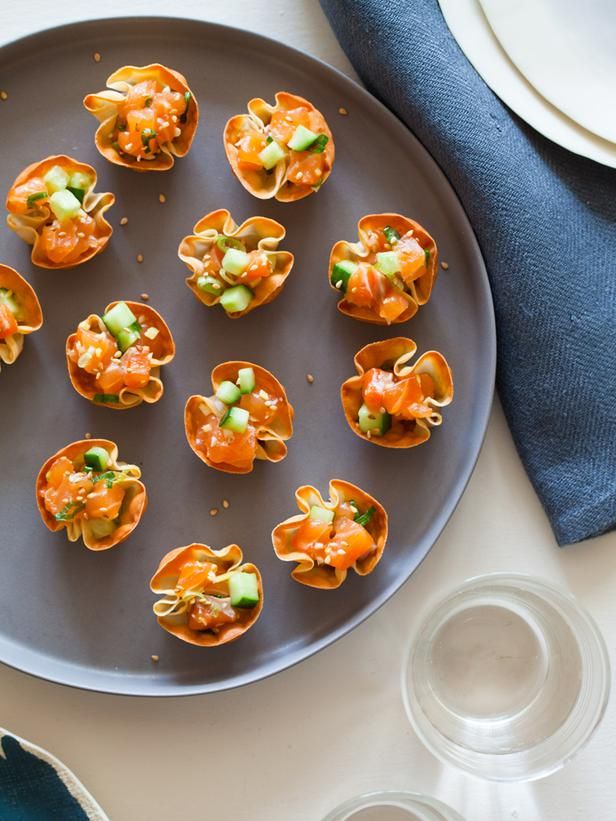
- Baker SS, Baker RD. Early Exposure to Dietary Sugar and Salt. Pediatrics March 2015, 135 (3) 550-551
- National Academies of Sciences, Engineering, and Medicine 2019. Dietary Reference Intakes for Sodium and Potassium. Washington, DC: The National Academies Press.
- Bose-O’Reilly, S., McKarty, K., Steckling, N., & Lettmeier, B. (2011, May 17). Mercury exposure and children’s health. Current Problems in Pediatric and Adolescent Health, 40(8), 186-215. doi: 10.1016/j.cppeds.2010.07.002
- NCBI, The Relationship of Docosahexaenoic Acid (DHA) with Learning and Behavior in Healthy Children: A Review (website). Retrieved February 3, 2020.
- Environmental Defense Fund Seafood Selector. Salmon. Retrieved January 27, 2020
- GMO Answers. Nine Things You Need to Know about GMO Salmon. Retrieved January 9, 2020.
- Evich, H. & Crampton, L. (2019, Mar. 8). FDA paves the way for GMO salmon to hit the market. Politico. Retrieved January 27, 2020.

- Kummer, C. (2006, October). Salmon Time. The Atlantic.
- Sprague, M., Dick, J. & Tocher, D. (2016, Feb. 22). Impact of sustainable feeds on omega-3 long-chain fatty acid levels in farmed Atlantic salmon, 2006–2015. Scientific Reports, 6(21892). doi.org/10.1038/srep21892. Retrieved January 9, 2020
- Food Allergy Research & Education. Fish allergy. Retrieved January 27, 2020.
- Food Allergy & Anaphylaxis Connection Team. Food Allergy & Anaphylaxis – Fish. Retrieved January 9, 2020
Salmon Croquettes - Healthy Little Foodies
All Posts, by Date » Baby Friendly Recipes » Baby Led Weaning Recipes » Salmon Croquettes
Jump to Recipe Print Recipe
Crispy on the outside and soft in the inside, these kid-friendly Salmon Croquettes are great as part of a main meal or lunch.
The most popular recipes on my blog are all finger foods.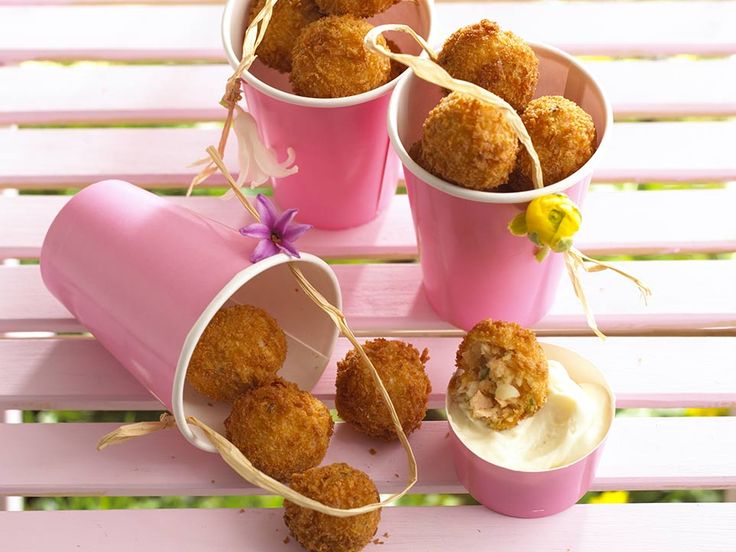
I’m guessing it is because kids are often drawn to this way of eating. They are easy to eat and fun to dip.
Or perhaps parents like the fact they are a good way to introduce new foods, or foods that aren’t always accepted in other ways (salmon in this case).
We certainly don’t eat finger foods all the time but when I do serve them, my kids love it. These croquettes are no exception.
Making Salmon Croquettes
I always harp on about the benefits of getting the kids in the kitchen. Not just to help them become better eaters, but also to help with their math, language and fine motor skills. This recipe is fantastic for kids and they can help with
- Measuring/weighing ingredients
- Mixing
- Cracking Eggs (always a favourite)
- Forming croquettes
- Coating
I know that sometimes it is easier to just do it yourself and the thought of getting the kids to “help” sounds like more work than it is worth. However, the more kids help, the more helpful they will become in the long run (fingers crossed!)
Salmon Croquettes Recipe Notes and Tips- I like my croquettes to be quite textured and to still have chunks of salmon intact.
 Therefore, I am careful not to overmix the ingredients.
Therefore, I am careful not to overmix the ingredients. - Chill the croquettes before breading, this will firm them up, make them easier to coat and they will cook better.
- This recipe is very easy to customise, it can be made with tuna, chicken or a range of vegetables. You can also change the herbs or add more spices to suit taste.
- You can use any breadcrumbs. I like the extra crunch that panko gives.
Both canned and fresh salmon is an excellent source of protein and various other nutrients. Both work equally well in these salmon croquettes.
Although I love using fresh salmon fillets for many meals (Lemon & Parmesan Salmon, Sundried Tomato Salmon), for this recipe I normally use canned salmon. The reasons being is that it is
- Cheaper
- More convenient (already cooked / long shelf life)
However canned salmon often has a higher sodium content.
- Always check the sodium content of various brands and choose one with a lower sodium content.
- Take particular care if you are cooking for a baby, babies should only have a maximum of 0.4g of sodium a day until they are 12 months.
Normally croquettes are coated in breadcrumbs and deep-fried. I never deep fry anything, however, I often pan-fry.
Pan frying is great when you only need to make a few croquettes as the cooking time is shorter than when you bake. However, I usually choose to bake them for a couple of reasons
- I like that you just have to pop them in the oven, set the timer and forget about them. Baking is definitely less labour intensive than frying. Perfect when you have young kids running about at your legs.
- They are healthier
The biggest downside to baking, for me, is how the croquettes are aesthetically. I find when I bake croquettes they look very pale and not as appealing as the fried version.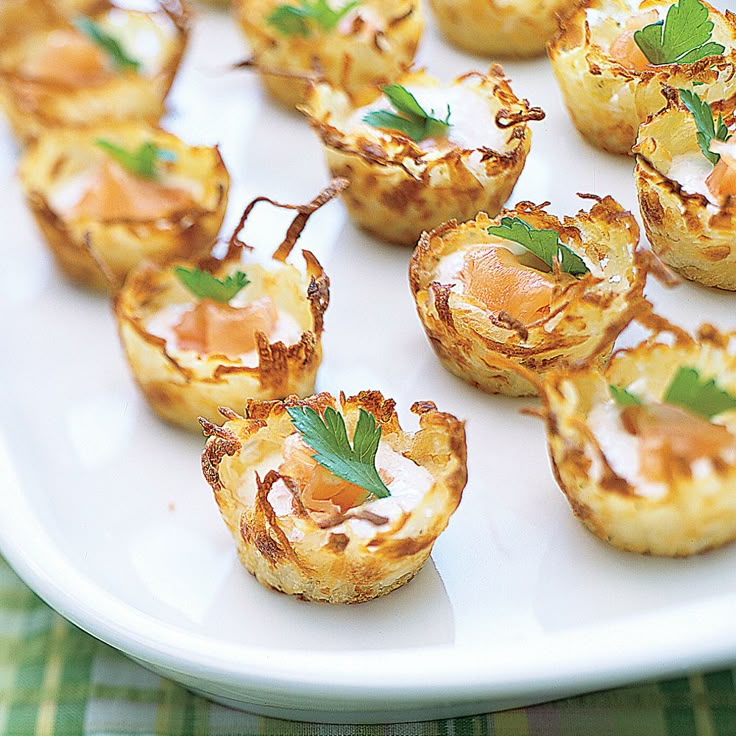
To combat this I pre-bake my breadcrumbs, before coating the croquettes, to make them beautiful and golden. You can see the results in the below picture. Alternatively, you could use wholemeal breadcrumbs but I love the crunch that panko breadcrumbs give.
What to Serve Salmon Croquettes WithI like to ensure that vegetables make up a large proportion of my kids’ meals so I serve these with a couple of healthy dips, some vegetables or a salad.
- Dip Ideas
- Avocado Dip – (Pictured) A delicious dip made from avocado, olive oil, lemon juice and parsley.
- Lemon & Herb Yoghurt Dip – (Pictured) Follow the linked recipe but replace creme fresh with yoghurt.
- Greek Yoghurt Tartar Sauce – Greek yoghurt replaces the mayonnaise in this delicious dip.
- Vegetable Ideas – Delicious served with any vegetable, some of our favourites include…
- Carrot Fries
- Carrot Strips
- Roasted Broccoli
- Sauteed Broccolini
- Kale Chips
To freeze, place the uncooked salmon croquettes on a baking tray in the freezer just until firm, about 2 hours.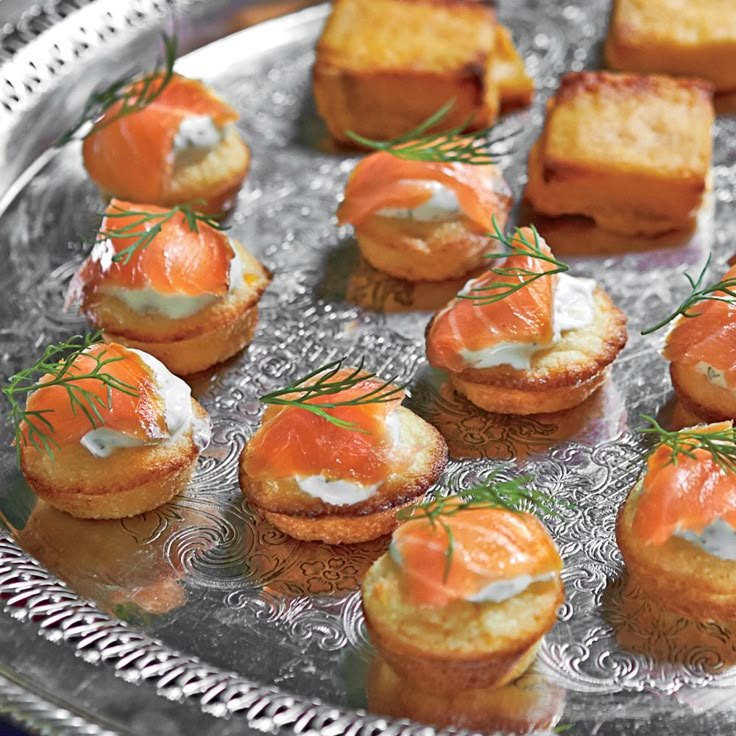 Transfer to a freezer bag or container. For best results wrap each croquette in plastic wrap before placing them in a freezable bag/container.
Transfer to a freezer bag or container. For best results wrap each croquette in plastic wrap before placing them in a freezable bag/container.
Defrost in the refrigerator overnight or cook from frozen (just add approx another 15 mins to the cooking time)
Love this recipe? You might also like…..
- Sweet Potato, Lentil & Carrot Croquettes
- Tuna Fishcakes
- Bean and Veggie Nuggets
- Quinoa Crusted Chicken Nuggets
Have you tried this recipe? I’d love to know what you and your kids think. Please rate and leave a comment below or tag me on Facebook or Instagram.
Looking for more healthy kid recipes?Sign up for my free recipe newsletter to get new family friendly recipes in your inbox each week! Find me sharing more kind-friendly inspiration on Pinterest and Instagram.
4.95 from 17 votes
Salmon Croquettes
Crispy on the outside and soft in the inside, these kid-friendly Salmon Croquettes are great as part of a main meal or lunch.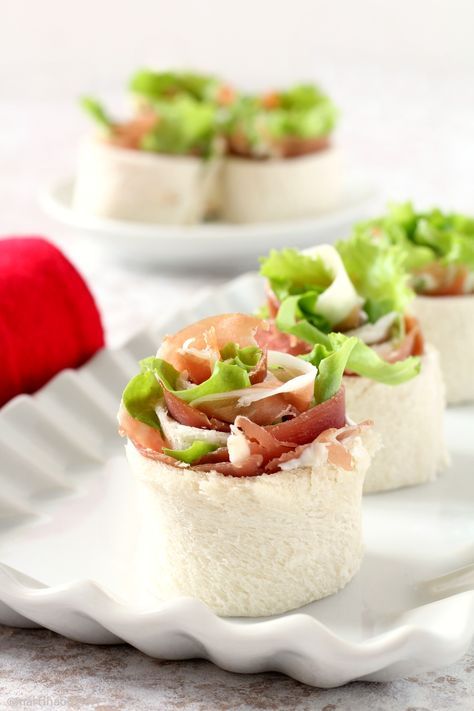
Print Pin This
- ▢ 400g (2 cups) Mashed Potato *SEE NOTE 1
- ▢ 250g (8.8oz) Cooked Salmon *SEE NOTE 2
- ▢ 2 Spring Onion (Green onion / scallion), finely chopped
- ▢ 2 tsp Fresh Lemon Juice
- ▢ 1 tbsp Chopped Fresh Parsley
- ▢ 1 tbsp Chopped Chives
- ▢ 65g (1/2 cup) Peas
- ▢ 1 tsp Wholegrain Mustard
- ▢ 2 Eggs
- ▢ 60g (1 cup) Panko Breadcrumbs *SEE NOTE 3
In a large mixing bowl add the potato, salmon, spring onion, lemon juice, parsley, chives, peas, mustard and 1 egg (beaten). Mix until combined but try not to overmix, leaving some texture.
Take a heaped tablespoon of the mixture and form into croquettes. I made 19. Place on a baking tray and chill for at least 15 mins. *SEE NOTE 4
If baking, preheat the oven to 180C / 360F.
Beat the remaining egg and place in a shallow dish. Place the breadcrumbs in a separate shallow dish.
Dip the croquette in the egg and then coat in the breadcrumbs and return to the baking tray.
 Repeat for all croquettes.
Repeat for all croquettes. Spray or lightly drizzle with oil. Place in the oven for 20 min, until cooked through and golden.
Alternatively, heat a non-stick frying pan over a medium / high heat. Add 2 tbsp of oil and gently place the croquettes in the frying pan. Fry for around 4-5 min on each side.
- I do not add anything to my mashed potato when making croquettes. However if you have leftover mash, made with butter and milk etc, then you can still use it.
- I used canned salmon in this recipe but cooked fresh salmon works well too. Remove all bones and skin.
- I like to use panko breadcrumbs as I love the crispy results it gives, you can use any breadcrumb though. OPTIONAL (if baking and you want to achieve a more golden look to your croquettes) Place breadcrumbs on a baking tray, spray with oil and bake on the top shelf for around 10 mins (until golden)
- Chilling allows the mixture to firm up and makes it easier to coat and cooks better.
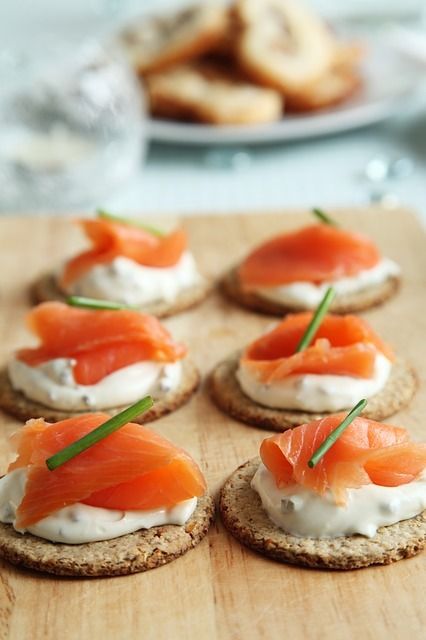
Nutritional information in a rough GUIDE only, calculated using an online calculator. Facts will vary depending on the different brands used etc.
Nutrition Facts
Salmon Croquettes
Amount Per Serving
Calories 115 Calories from Fat 9
% Daily Value*
Fat 1g2%
Cholesterol 28mg9%
Sodium 105mg4%
Potassium 299mg9%
Carbohydrates 20g7%
Fiber 1g4%
Sugar 1g1%
Protein 6g12%
Vitamin A 95IU2%
Vitamin C 19.2mg23%
Calcium 53mg5%
Iron 0.7mg4%
* Percent Daily Values are based on a 2000 calorie diet.
Course:Main Meal
Cuisine:Finger Food
Keyword:Salmon Croquettes
Did you make this recipe?Tag me on Instagram at @healthylittlefoodies or leave me a below.
Meet Amy
Amy Whiteford runs the blog Healthy Little Foodies. She is a mum to two, has a BSc (Hons) Food Science, PGDE Primary Education and a Certificate in Childhood Nutrition. She uses her experience and knowledge to create healthy and delicious recipes for kids. Explore the site for creative ideas, tips, and inspiration! Read more
How to raise a Healthy Little Foodie
Receive family friendly recipes, delivered weekly to your inbox, for FREE! And receive this FREE ebook - "How to Raise a Healthy Little Foodie"
Reader Interactions
What kind of fish to start the first feeding with
Many parents are afraid to introduce fish into their child's diet, given the fact that fish is one of the most common food allergies. Although fish may not seem like the best choice for baby food, certain types of fish, such as salmon and sardines, rich in omega-3 fats, have a positive effect on the development of a child's brain.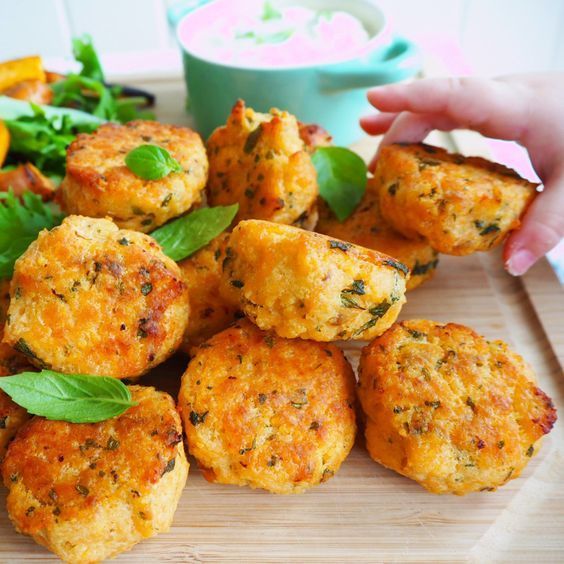
In this article, we will talk about the nutrients contained in salmon, at what age can you give red fish to children, and why it is a very good fish for the first feeding.
Is it safe for children to eat salmon?
Salmon is a rich source of important nutrients such as vitamin D, zinc, iron, protein and can be included in a child's diet provided the child is not allergic to it and eats it in moderation. And also after the child grows up a little.
At what age can you give salmon to a child?
Salmon or any other fish is not the best first food for a baby, so include it in your baby's diet when he is a little older, say at 7-8 months.
Also, don't forget to feed your child home-cooked salmon. Fish must be cooked properly and given to the child in small quantities. At the first injection, look for signs of allergy. Do not add any other new type of food with this fish. If you notice anything unusual, consult your pediatrician and stop giving fish to your child.
Do not add any other new type of food with this fish. If you notice anything unusual, consult your pediatrician and stop giving fish to your child.
Why is salmon good for a child?
The nutrients found in salmon are very beneficial for a child's brain health. The benefits of omega-3 fatty acids for children include a positive effect on brain development, the functioning of the nervous system, and the child's vision. Eating seafood early can help develop a taste for it. Including salmon in a child's diet can also help improve sleep.
Can salmon cause choking in babies?
Salmon is a very soft fish, practically boneless. Unlike shellfish, which can become a choking hazard for both children and adults, salmon does not pose such a danger.
Be sure to run your hands over the fish to remove any bones before cooking baby salmon.
Can children be allergic to red fish ?
Although a very small percentage of people are allergic to salmon, salmon, like other types of fish, is a food allergen.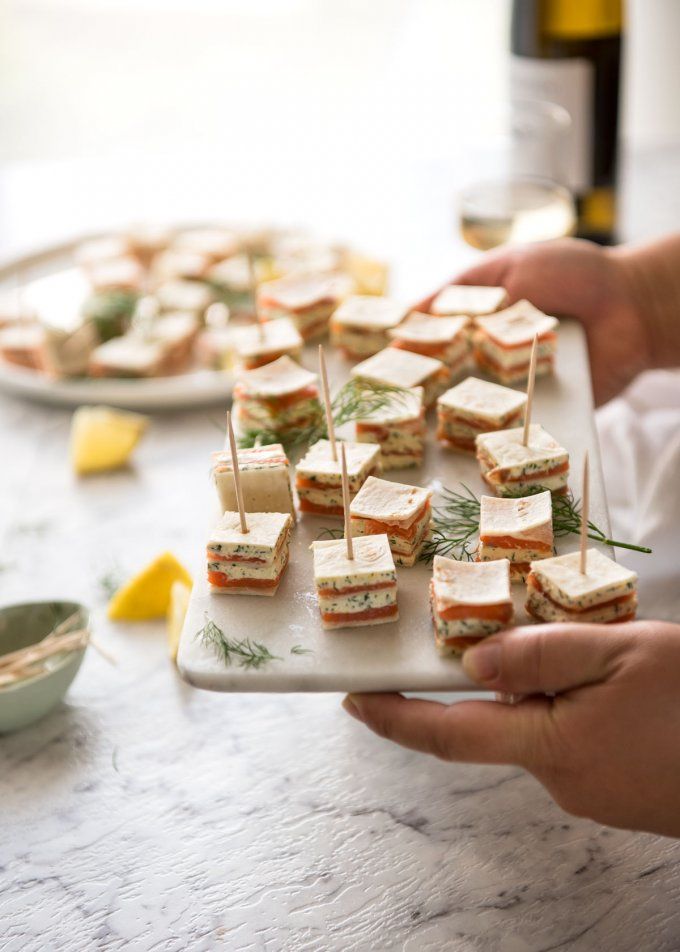 As with other foods, be sure to give your child a sample of fish to test for allergies. Once you see that there are no adverse reactions, you can start increasing the amount of salmon in your child's diet.
As with other foods, be sure to give your child a sample of fish to test for allergies. Once you see that there are no adverse reactions, you can start increasing the amount of salmon in your child's diet.
Some family members may be allergic to seafood, in which case it is recommended to consult a doctor and an allergist to make sure your child is safe.
How feed a child fish from 6 months to 2 years
9000 time to introduce salmon into your child's diet. Make sure all bones are removed and the fish is fully cooked. A piece the size of two adult little fingers is a good portion of salmon for feeding a baby. This works because the meat is very tender and the small flakes are easy for a child to hold.
1 to 1.5 years
Great time to add canned salmon. Simply remove the fish from the jar, rinse off any excess salt, and then add it to a salad containing avocado, olive oil, or other ingredients of your choice.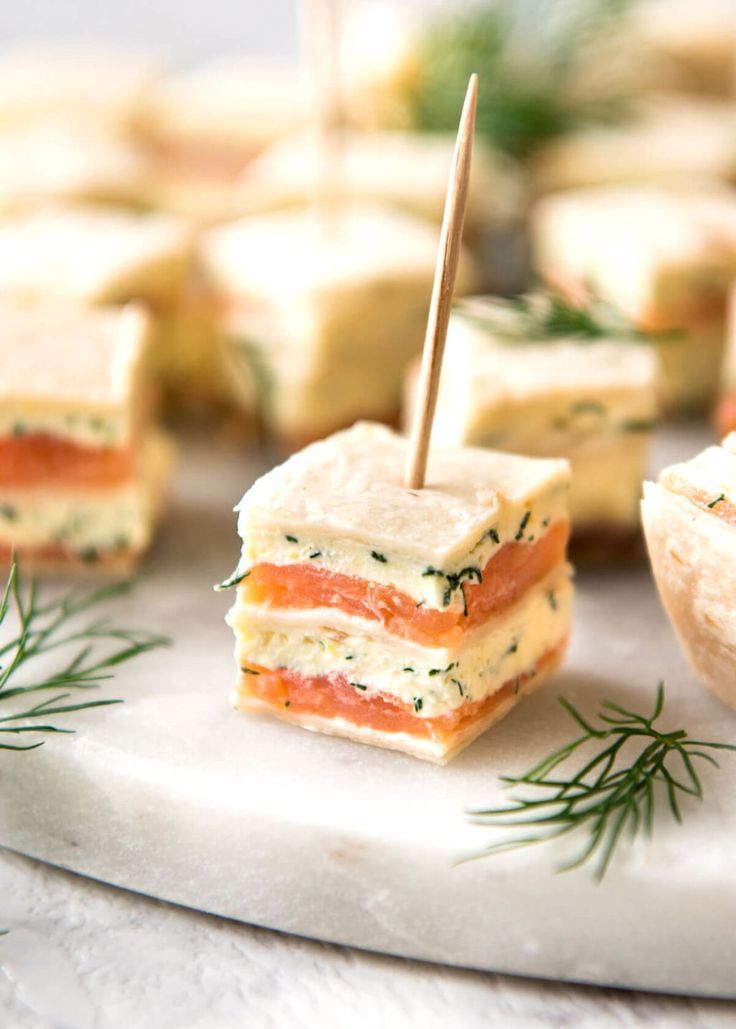 This is a one year old recipe.
This is a one year old recipe.
1.5 to 2 years
Salmon cakes are great dating food at this stage. Make sure you let your child feel the texture and shape of the fish. This will help him get used to the food he eats.
Useful recipes from salmon for child
1. Purex from salmon, broccoli and spinach 9000 . chopped shallots.
Preparation:
- Melt the butter in a pan and fry the shallots and potatoes for a couple of minutes.
- Add salmon and broccoli pieces and cook for 10 more minutes.
- Add spinach and cook 2-3 more minutes.
- Stir in the milk and let it boil for about 5 minutes.
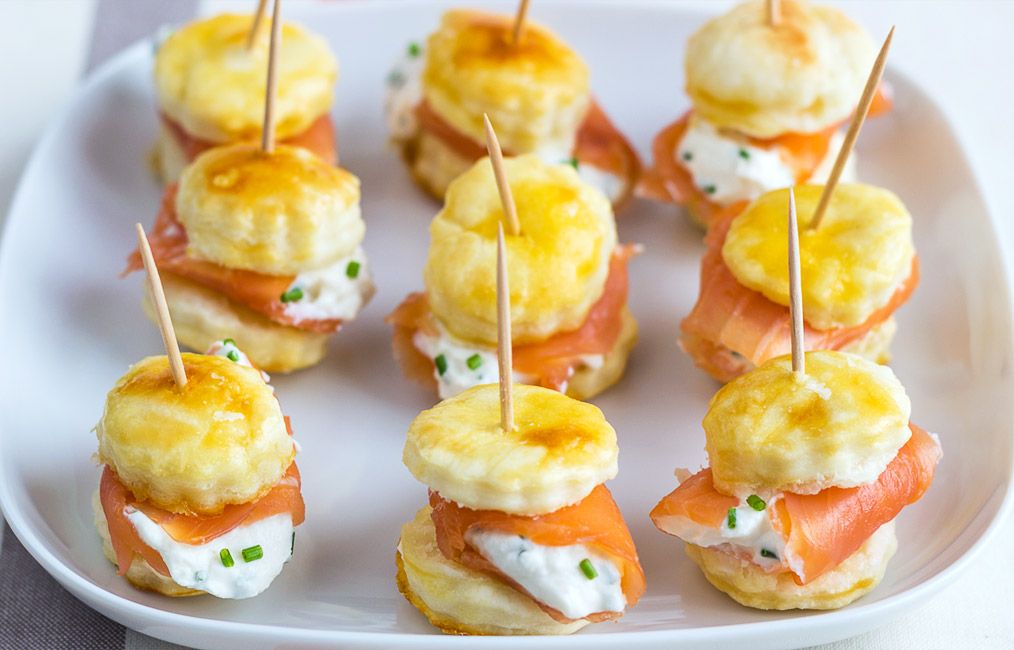 Then turn off the stove and let the mixture cool down.
Then turn off the stove and let the mixture cool down. - Stir the mixture until smooth and puree.
This recipe is ideal for babies aged 6 to 9 months.
2. Risotto with salmon
Ingredients:
- ¼ bulbs
- 1 Cam Cam Camer
- 150 Slosy fillet
- 1 tsp. vegetable oil
- 20 g peas
- 25 g white rice
Preparation:
- Preheat oven to 180 °C.
- Wrap the salmon in foil and place in the oven for about 20 minutes or until the meat is cooked through.
- Meanwhile, heat the oil in a frying pan and fry the onion and garlic.
- Add rice and peas.
- Add water, cover and simmer until the rice is fully cooked. This will take about 10 minutes.
- When the rice is ready, add the salmon. Cook for another 2-3 minutes, then turn off the heat.

This recipe is ideal for babies 10 to 12 months old.
Salmon is very nutritious and can be included in a child's diet as soon as he starts eating solid food. Check with your pediatrician before including salmon in your child's diet. As soon as he gives the go-ahead, try the recipes above and let your child enjoy this delicious fish!
Follow us on Yandex Zen, subscribe to our Telegram channel!
-
Fast food: to give or not to give to children?
-
The healthiest foods for your child
-
Why is vitamin D so important for a child?
-
9 healthiest drinks during pregnancy
-
To give or not to give a tablet to a child?
-
Cheese in children's diet
Salmon in baby food
Feature: refers to fatty fish, not recommended for children under 3 years of age.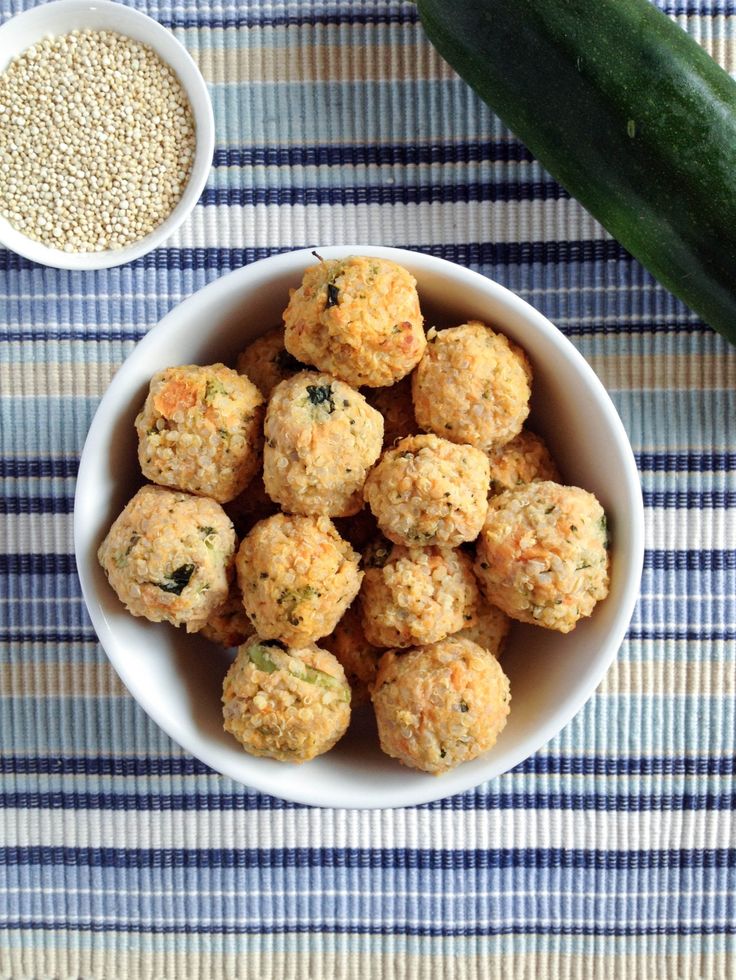
Salmon - a genus of predatory fish of the salmon family.
Salmon lives in the northern waters of the oceans, spawning in autumn in the shallow waters of mountain rivers at temperatures up to 6 ° C.
B 100 g salmon 142 kcal.
| Vitamins | Macronutrients | Microelements |
| A (retinol) - 12 mcg B1 (thiamine) - 0.226 mg B2 (riboflavin) - 0.38 mg B3 (niacin) - 7.86 mg B5 - 1.664 mg B6 - 0.818 mg B9 (folic acid) - 25 mcg B12 - 3.18 mcg | Potassium - 490 mg calcium - 12 mg Magnesium - 29 mg Sodium - 44 mg Phosphorus - 200 mg | Iron - 0. Manganese - 16 mcg Copper - 250 mcg Zinc - 0.64 mg Selenium 36.5 mcg |
100 g salmon contains :
- Proteins - 19.84 g
- Fat - 6.34 g
- Water - 68.5 g
- Ash - 2.54 g
Salmon meat is considered an exquisite delicacy, it has a red color, high energy value, pleasant taste and delicate aroma. For industrial purposes, salmon (most often caged salmon) is grown on fish farms and in fish farms.
Salmon meat is energetically valuable, tasty and delicacy product. It is consumed after pre-treatment, but some seafood lovers believe that it can be eaten even raw.
Salmon benefits
Salmon contains polyunsaturated fatty acids, as well as omega-3 fats, which are involved in the regulation of cholesterol levels in human blood.
This favorably affects the state of the cardiovascular system, the functioning of the heart and blood vessels, prevents the formation of atherosclerotic plaques in the vessels, normalizes the work of the most important organs: the brain, heart and kidneys.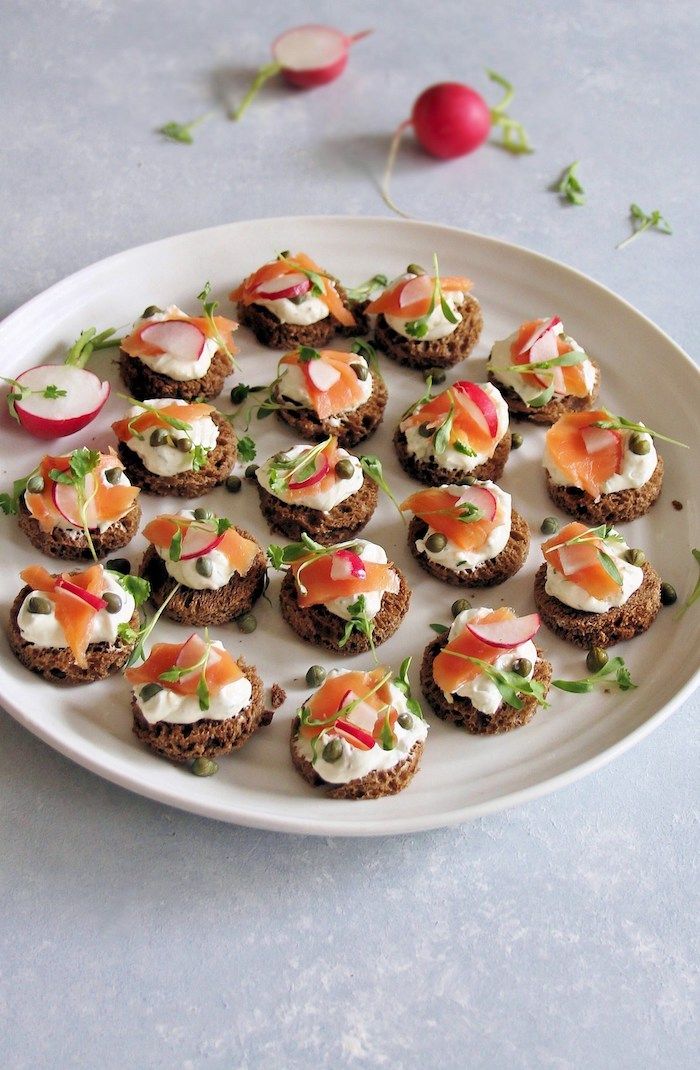
Potassium and calcium contained in salmon help to strengthen the musculoskeletal system, and phosphorus, vitamins B12, A, D take an active part in the functioning of the liver.
Read also: 3 delicious fish recipes
Contraindications for use
Despite the fact that salmon is a valuable food product in terms of composition and properties, it is not recommended for pregnant women and nursing mothers to consume it. The fact is that some types of salmon fish may contain mercury in their composition. In microdoses, mercury does not have a negative effect on a woman's body, but a newborn baby or embryo can have a negative effect.
Also, salmon should not be abused by people suffering from obesity and chronic diseases of the stomach, intestines and liver, since the product is considered quite fatty.
Salmon in children's diet
Despite the beneficial properties of fish, be careful, it can cause allergies in babies.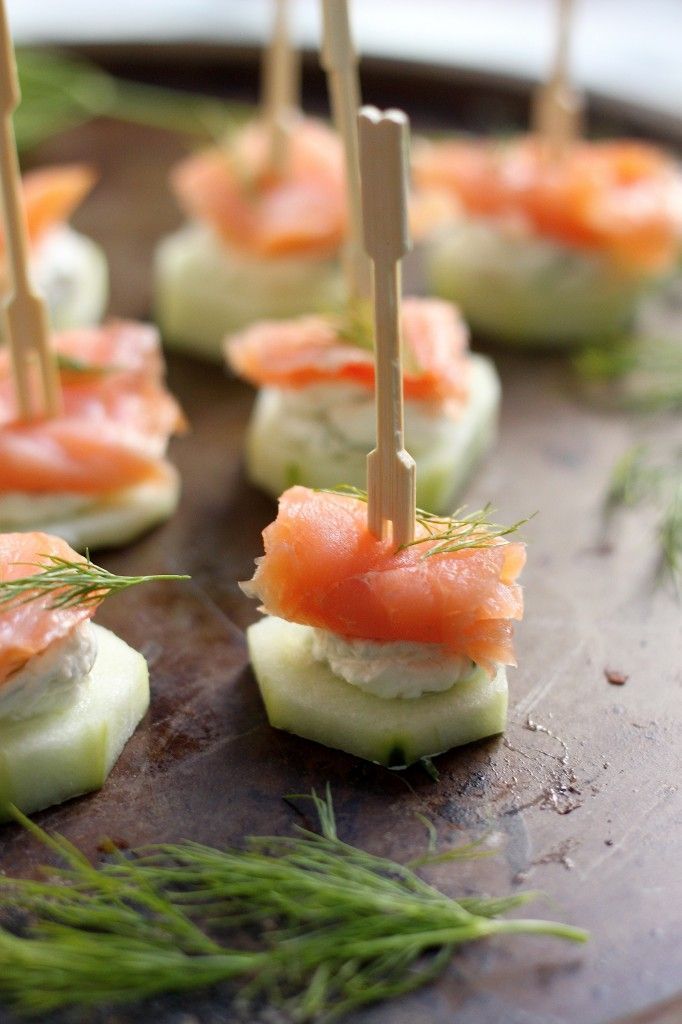 That is why children with a tendency to this disease should not be given fish until they are 3 years old.
That is why children with a tendency to this disease should not be given fish until they are 3 years old.
Carefully separate the meat from the bones.
It is necessary to introduce fish into complementary foods from half a teaspoon, preferably in the morning. If the child's body does not show allergic reactions, the portion can be increased to 50 g per day for babies up to a year and 60-100 g for older children.
See also: baby food Heck
Preparation and consistency
If you buy fresh fish for a child, inspect it carefully: the back should be fleshy and not pointed, the scales should be shiny and tight to the body, and the gills should be bright red or pink.
Toddlers usually like fish that is steamed or baked in the oven. From fish you can cook delicious cutlets and meatballs, and for older children - fish pies and casseroles. Please note that children under 3 years of age should not be given fried fish. Until the age of 3, also exclude fish broth!
Salmon dishes for children
Rice casserole with salmon from 3 years old
Ingredients:
- Salmon - 250 g
- Green beans - 150 g
- Cheese - 80 g
- Egg - 1 pc.

- Rice - ¾ tbsp.
- Lemon juice - 2 tbsp.
- Dill
- Salt - to taste
Preparation:
- Cut the fish into cubes, sprinkle with lemon juice and sprinkle with salt, leave to marinate.
- Boil rice in salted water, avoiding boiling, let it cool.
- Put the fish in a pan with vegetable oil, fry for a couple of minutes.
- Put asparagus (green) beans to the fish, pepper and salt, fry over high heat for 2-3 minutes, stirring constantly.
- Crack the egg into the slightly cooled rice, add half of the grated cheese, chopped dill, mix, arrange in greased molds, put the fish and beans on top, then put the remaining cheese into the molds.
- Rice casserole with salmon is being prepared in an oven preheated to 170 degrees for 15 minutes until golden brown.
Creamy soup with salmon - from 3 years old
Ingredients:
- Water - 1.
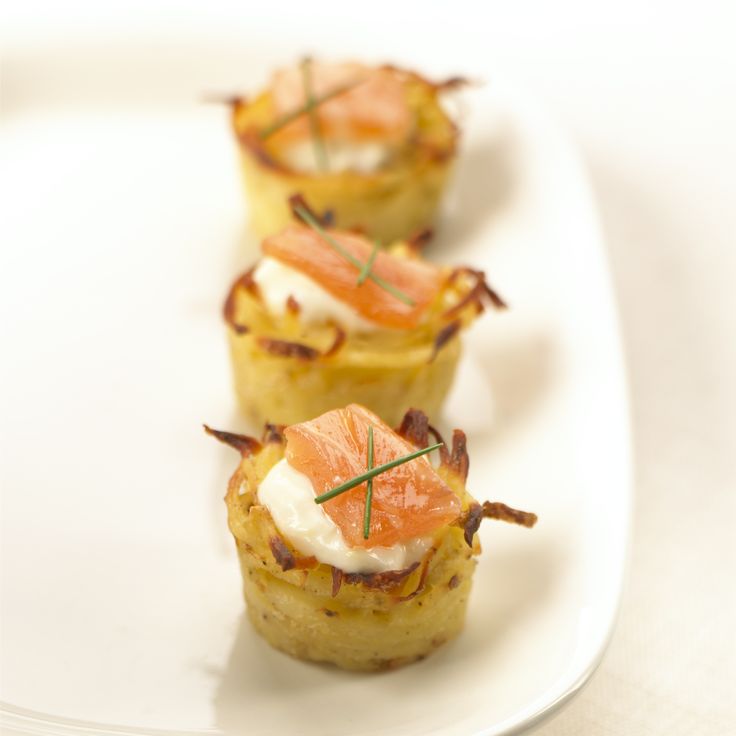 5 l
5 l - Salmon - 400 g
- Onion - 1 piece
- Potatoes - 4 pcs
- Black pepper (peas) - 6 pcs
- Cream (10-20% fat) - 200 ml
- Wheat flour - 1 tbsp. l.
- Salt - 2 tsp
- Butter - 30 g
- Dill - 1/3 bunch.
Preparation:
- Fillet the fish.
- Cook a clear broth from the tail, adding coarsely chopped onion, peppercorns.
- Cut the fish fillet into pieces.
- Cut the potatoes into small strips.
- Remove the onion and fish tail from the broth.
- Then we put chopped potatoes in the broth, it is necessary to reduce the heat and cook from the moment of boiling for 5 minutes.
- Dip the fillet pieces into the soup and cook for another 10 minutes.
- Mix flour with cream until smooth.
- Pour into soup while stirring constantly. Warm up on a small fire, salt.
- Season with butter and parsley!
Salmon and asparagus pie from 3 years old
Ingredients:
- Salmon - 400 g
- Asparagus - 1 ban.
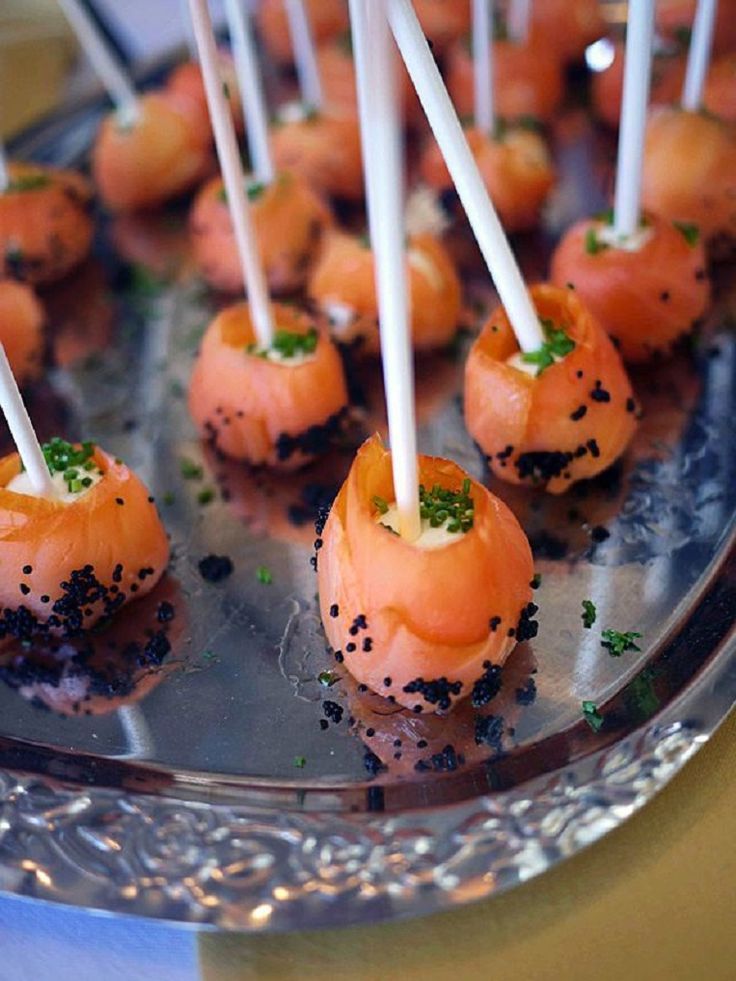

 8 mg
8 mg 
